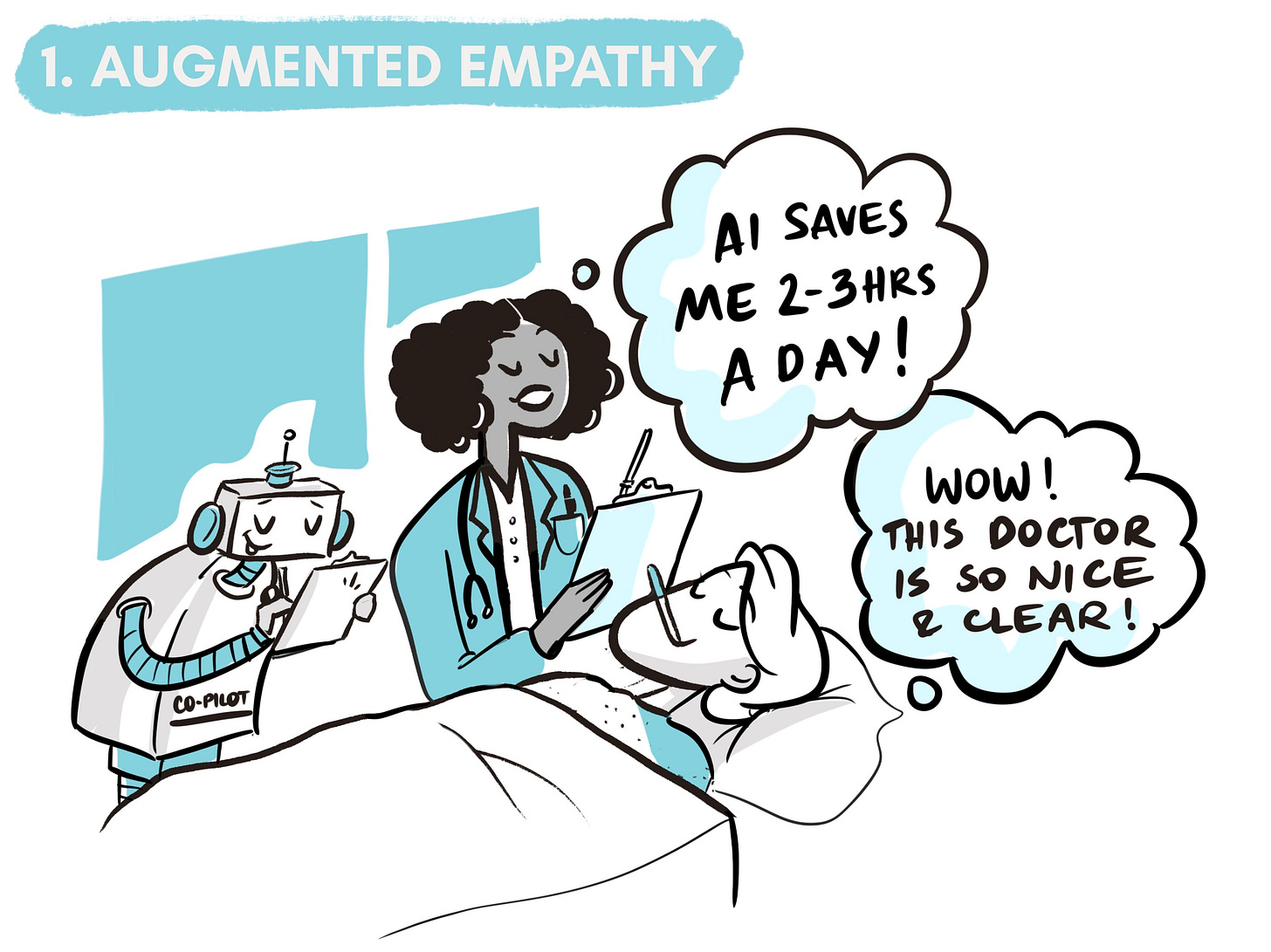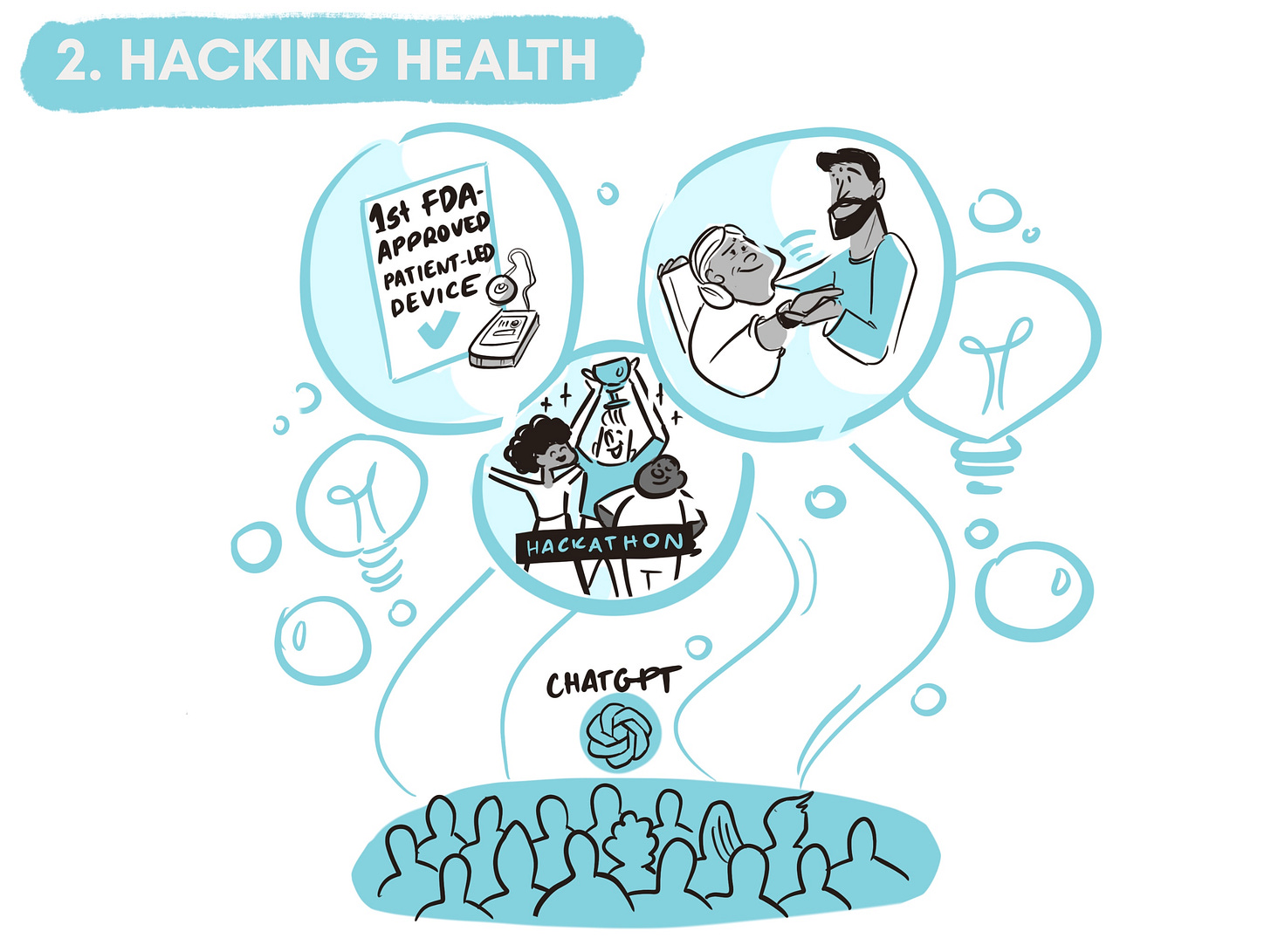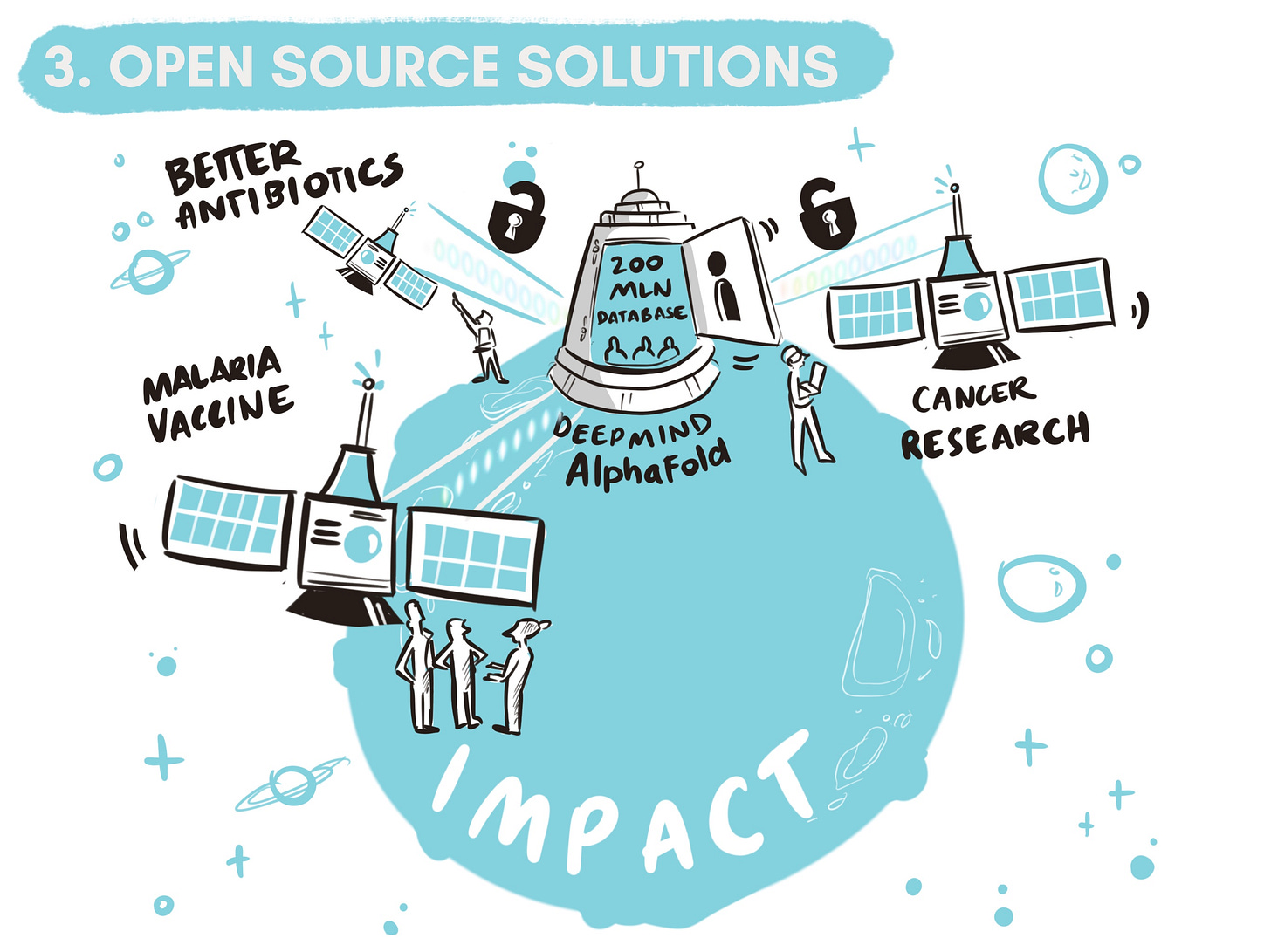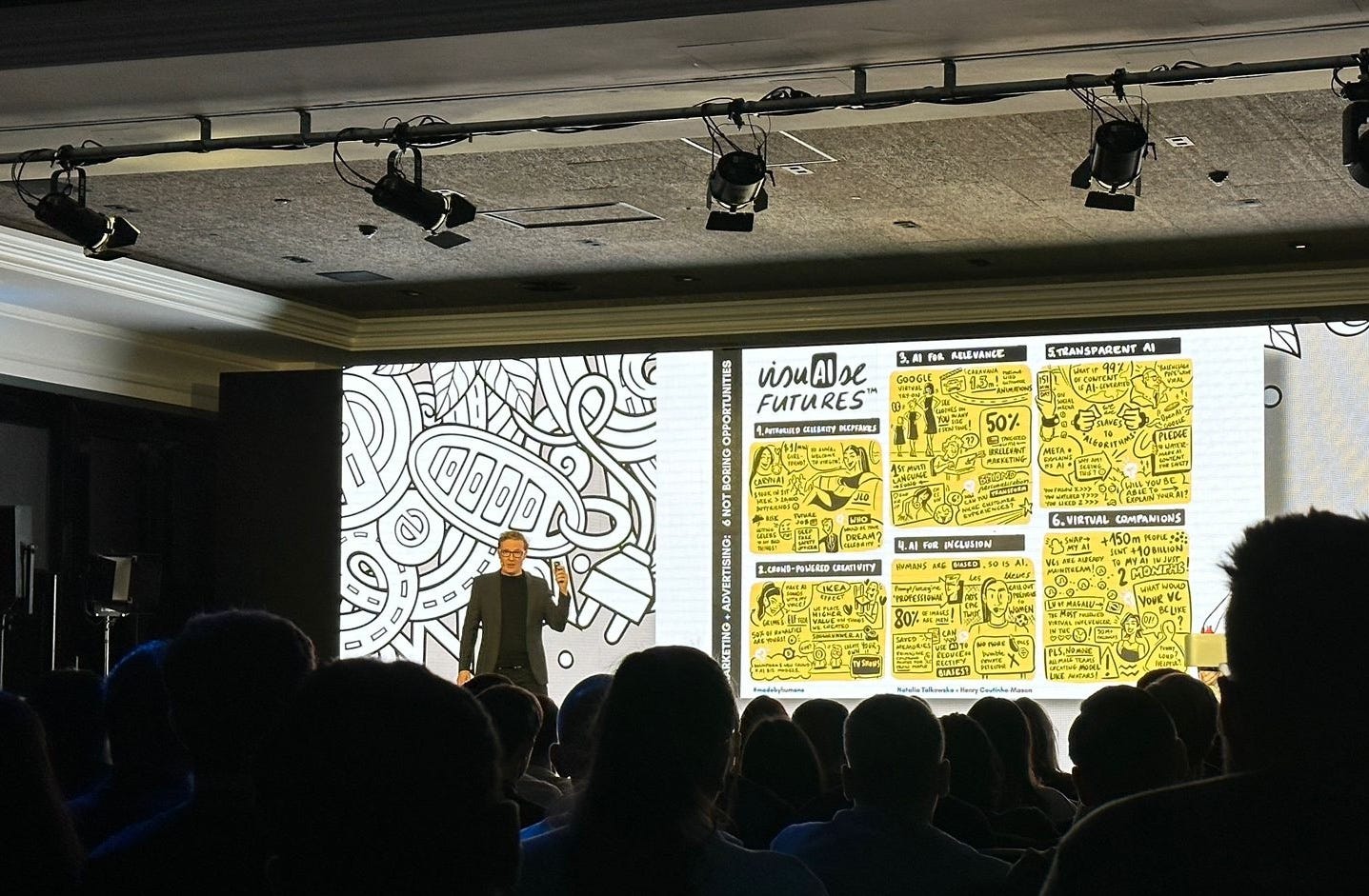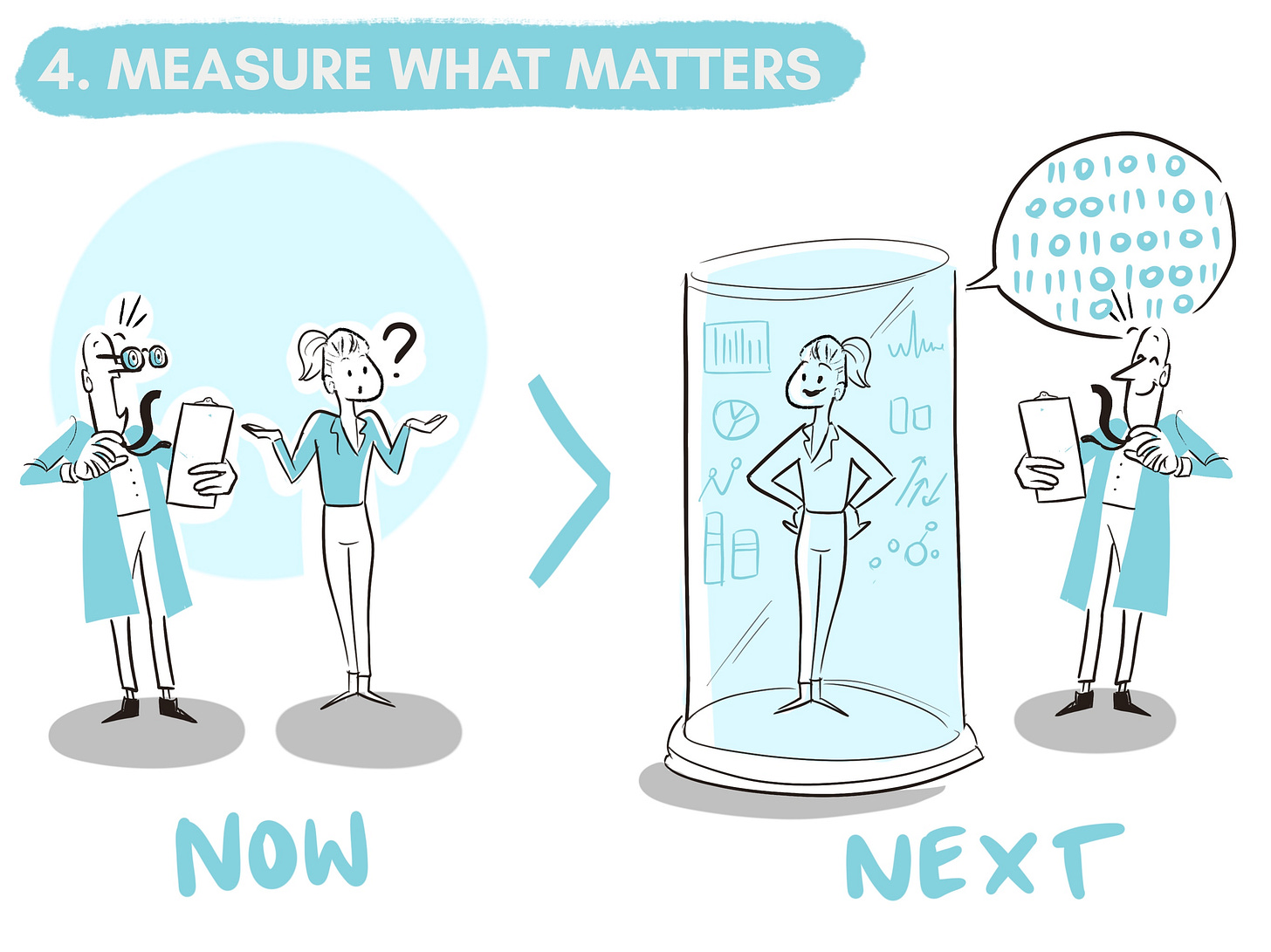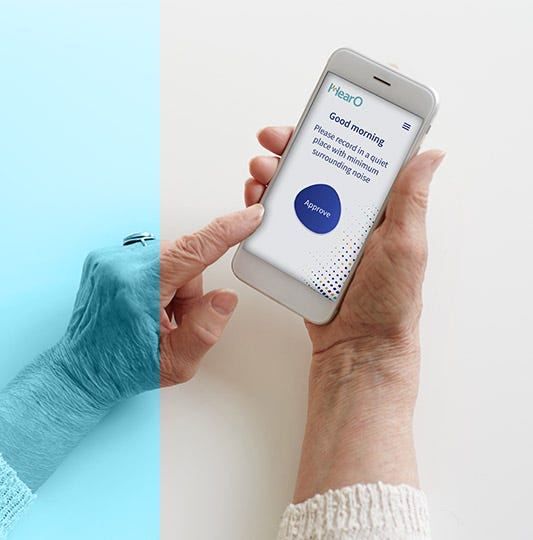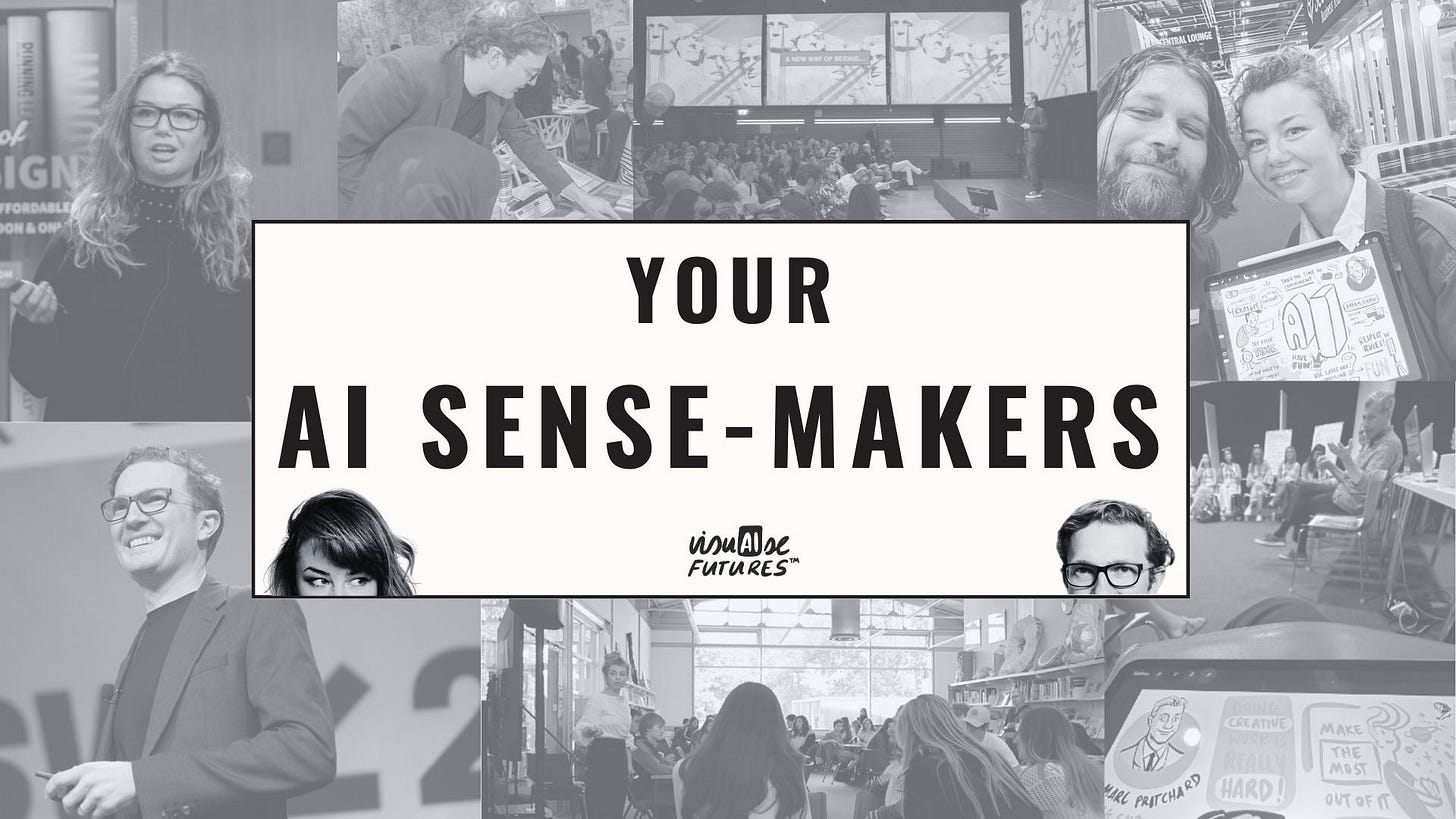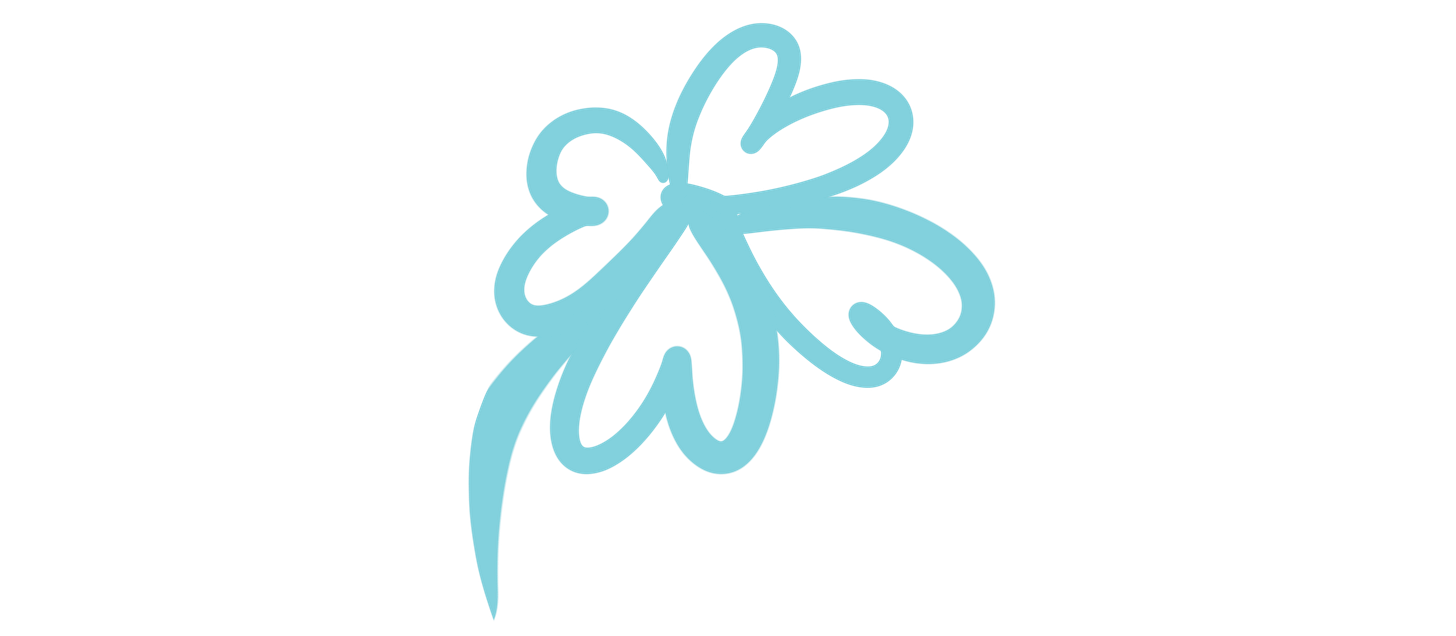Dive into the hundreds of reports on how AI will transform healthcare (or ask ChatGPT!) and you’ll read a lot about AI-enhanced diagnoses and AI-driven drug discovery, and about digital twins, domain-specific LLMs and more.
Yet what the AI-first evangelists miss when worshipping at the altar of efficiency and performance is that healthcare is also a profoundly human sector. The clue is in the name – healthcare!
We – you! – should absolutely look to accelerate innovation and automate every moment where speed and convenience matter.
Yet there are many moments where patients’ experiences are as important as their outcomes. It’s at these moments where no matter how brilliant AI gets, humans will still have a critical role to play. As we quote below, “simulated empathy feels weird, empty.”
AI is transforming the patient and clinician experience for the better. Some use cases are obvious – copilots that help ease the administrative burden, for example. Others will be less obvious.
That’s where we come in. As industry outsiders, we bring a wide-angle perspective on the opportunities AI will present, inspired by our work in other industries. With that in mind, here are five big people-first AI strategies that every healthcare professional should be thinking about in the coming 12 months:
As always, these are provocations, not predictions. Share the graphic with your colleagues, partners or clients. Discuss the ‘where next?’ questions. Use them as springboards to inspire new thinking.
And, if you want to bring us to your next AI-focused meeting and co-create a custom framework for your organisation together – then let’s chat!
Thanks for reading,
Henry and Natalia.
» Read more about us and VisuAIise Futures
PS/ Huge thanks to everyone who gave us feedback on early drafts, especially Shwen Gwee, Agathe Acchiardo, Bertalan Meskó, Umang Patel, Lisa Gansky, Adam Housely and Ganesh Padmanabhan.

1. Augmented Empathy
What if…AI could enhance the patient-clinician experience, rather than replace it?
One of the strange emerging properties of AI is that it is shattering many of our beliefs about where humans and computers excel. Computers could never write poetry, could they? Until suddenly ChatGPT could...
Now another sacred cow – that humans’ unique capacity for empathy will be what sustains us in the Age of Algorithms – needs revisiting as we discover that AI will radically transform how we interact with each other.
// Early Pioneers
Re:course. Training with diverse virtual patient simulations help doctors experience a wider range of scenarios increasing their ability to connect with patients, while its analytics are able to identify and alert doctors to any implicit biases.
Abridge. AI-powered note-taking assistant reports saving doctors 2-3 hours a day (!), enabling greater focus on patients during consultations; even better is that its non-technical, jargon-free write ups increase compliance and are preferred by patients.
Tucuvi. Lola, a virtual clinical assistant, automates voice-based patient follow up phone calls, freeing staff to focus on higher risk patients.
Corti. This Danish startup analyses telephone consultations and automates note-taking, offers real-time decision support, and analytics for training purposes.
Virti. VR-based training spans both technical and soft skills (such as simulating difficult patients and scenarios); case studies show accelerated learning and improved clinical confidence and performance.
// Where next?
How will you overcome the AI preference paradox? You’ll have read about Google’s AMIE medical chatbot (where as well as beating human doctors in the accuracy of its diagnoses, the quality and empathy of its conversations were rated as significantly better than those with human doctors!). However, we don’t believe that patients will rush towards fully automated healthcare. Unlike Google’s actors, real patients aren’t in a double blind study. People want the accountability and relatability of human clinicians. Mental healthtech app Koko tested using AI to write supportive messages for its users. The data showed people preferred them – right up until they found out they were written by an AI. As its CEO said, “simulated empathy feels weird, empty.”
How will AI change your ideal employee profile? Re:course’s training and Abridge’s doctor’s notes make your experience of visiting a human doctor better. They don’t replace human doctors. However, Augmented Empathy will change the industry’s idea of what a ‘good’ doctor looks like. Brilliant assholes will no longer be tolerated; attentive empaths who are both humble enough to work with AI’s recommendations, yet smart enough to know when to deviate from its suggestions will be sought after.
What even is ‘empathy’? Sherry Turkle, professor of the social studies of science and technology at the Massachusetts Institute of Technology has cautioned that as AI proliferates, “what machines can score will become the definition of what empathy is.” My view? To echo Justice Potter’s famous quote about obscenity, when it comes to empathy (augmented or not), “we’ll know it when we feel it.”
Want to instantly present this to your colleagues?
It might not be super sexy but even in the Age of AI, we know many of you will want to share this with your colleagues. Save hours with our fully editable PPT –
special launch price just $49 (usually $99).
2. Hacking Health
What if… AI enables people to develop their own healthcare solutions?
Dr Google is giving way to Dr ChatGPT. Yet AI won’t just make patients better informed, it will empower them to ‘hack’ healthcare and create novel, bottom-up solutions that profoundly improve their experiences and even fix their health issues.
Healthcare is fundamentally personal. So too is generative AI.
Imagine a world where even 1% of those affected by a condition use generative AI to accelerate their learning, explore potential solutions and, soon, even create working prototypes. Healthcare will be in the hands of those closest to the problem – from frontline doctors to existing patients, those at-risk, and their families and carers.
// Early Pioneers
Tidepool Loop. Its closed loop glucose monitoring and insulin pump system is the first FDA-approved patient-led healthcare solution.
Fruitpunch AI. This Dutch startup runs public health challenges, such as using computer vision to continuously monitor a large steel plant in the Netherlands for illegal emissions.
Johnson & Johnson. An time-saving AI charting solution developed by front-line nurses won the 2023 NurseHack4Health Pitch-A-Thon (also, a great example of Augmented Empathy!).
HackaHealth. A Swiss community which runs annual hackathons to support disabled people. A recent initiative was an app that helps blind people find a seat on public transport.
Alpha Monitor. An Indian teenager used his experiences with his grandmother’s Alzheimer’s to create a wearable monitoring device that is tailored to the local Indian context.
// Where next?
Can you run programs and events to encourage health ‘hackers’? Crowdsourcing and hackathons aren’t new ‘trends’ by any stretch, but AI will breathe new life into them. Why not start with your employees or patient communities? You might find they welcome learning about AI, too!
How can you connect the best innovators with those in need? AI won’t suddenly mean that everyone takes their healthcare into their hands. Often it will only need a single brilliant, newly-empowered individual to create a solution; social networks can then do the rest – quickly testing, validating and distributing it.
How can you ensure promising solutions are safe? We don’t need to tell you about the dark sides of democratisation (from bad actors to outcomes). There will be huge opportunities for existing healthcare providers to work with innovators and regulators around patient-created solutions.
3. Open Source Solutions
What if… AI could trigger a new era of radical collaboration and renewed purpose?
Open Source Solutions will move from being quirky, niche experiments on the margins of the industry to being a key driver of innovation in a Gen AI world, and in the process also help rekindle healthcare professionals’ deep sense of purpose.
That’s a bold claim, but here’s why even the hardest-nosed capitalists should explore this trend:
AI gives visionary superteams massive leverage at the foundational level, while use cases remain localised and hugely diverse.
Yet these smaller teams require ever-bigger models; new models and new ways to share data (securely) can bridge this gap.
The pandemic proved the ability of open innovation and mass collaboration to safely accelerate innovation and save lives.
// Early Pioneers
AlphaFold. Google DeepMind’s flagship breakthrough. Its database predicts the shape of over 200 million proteins, and is freely available to scientists.
AlphaMissense - Also freely available from Google DeepMind, this catalogue of genetic mutations helps researchers pinpoint the cause of diseases.
Chan Zuckerberg Institute’s Virtual Cell. The nonprofit is building a computing cluster of 1000+ GPUs to develop new, open-access AI models for cell modelling.
Future House - Ex-Google CEO Eric Schmidt has launched a nonprofit focused on using AI to accelerate biology – it released PaperQA, an AI tool which can reliably synthesise scientific research, on Github.
// Where Next?
Just how big an impact can small teams have? For existing healthcare professionals, open source AI solutions are as much a mindset shift as a technological and legal one. Dip your toe in the water by letting your people experiment with, or even contribute to, existing initiatives.
Where on the open source spectrum will you sit? Not all of these initiatives are strictly open source in the way that programmers would define it. Don’t get hung up on semantics – think about where and how you might be able to leverage these principles to create novel, diverse, robust, and/or inclusive solutions.
What lies beyond billionaire benevolence? While it’s great that global philanthropists like Gates, Schmidt, and Zuckerberg are turning to healthcare to launder their reputations, can we find alternative, more sustainable, funding models for these shared solutions? Note: there are some great pre-Gen AI open source initiatives, like OpenMRS, to draw inspiration from.
Bring us to your next event!
“Inspiring, energetic, and entertaining. Henry's session for 2,000 senior executives from a Fortune 100 healthcare company received the highest rating from the attendees.” Brent Turner, SVP Head of Strategy, Cramer Events
4. Measure What Matters
What if… AI could spot health issues sooner, and in ways that no human doctor ever could?
It’s somewhat ironic that we refer to it as ‘healthcare’ when today people usually only visit the doctor when they are already sick.
We’ll soon look back in horror at how little we knew about our bodies and how inefficient a system focused on trying to fix ailments is versus one that prevents them from occurring in the first place.
Instead, we’ll use AI to make the invisible, visible – detecting signals and patterns in countless streams of health-related data that no human doctor would be able to, allowing for earlier and more effective interventions. Are you ready for the pre-health revolution?
// Early Pioneers
Cordio - HearO app analyses voice data to predict heart failure before they require hospitalisation.
Klick Labs. Using AI to detect diabetes with just 10 seconds of voice data. Similar studies have also shown similar detections of early-onset Alzheimer’s.
Empatica. Epilepsy monitoring wearable launches clinical study to develop an AI-based seizure forecasting algorithm.
MindMics. Infrasonic earbuds continuously monitor users’ heart rates to 99% accuracy, comparable to hospital-grade ECGs.
Neko Health - Spotify founder moves into healthcare; full body scans use AI to track patients’ health over time across over 50 million data points.
// Where next?
Imagine there were no limits. What data and insights would you love to be able to access? Computer vision and audio is just the start – the combination of sensors and AI means that we now have superhuman abilities to process everything everywhere all at once. Indeed January AI’s virtual glucose monitoring algorithm can predict your response to food even after you have stopped wearing a physical glucose tracker.
What if your everyday devices captured your health data, continuously? MindMics might be the first heart rate monitoring earbuds on the market, but it’s strongly rumoured that Apple will add health monitoring capabilities to its EarPods, a move which would see millions more people monitoring themselves in this way.
Will the real challenge(s) be legal? These new advances raise some profound ethical – and by extension, legal – questions. When your earbuds and smartphone can alert you to future health conditions, should they? And who shoulders the liability if it doesn’t? Apple? Samsung? Google? If there are easy answers, we haven’t found them yet.
5. Regenerative AI.
What if…AI could unlock ‘miracle’ recoveries? Or even just slow more mundane declines?
“We are as gods, we might as well get good at it.”
This Stuart Brand quote captured the techno-optimism unleashed by the Space Age in the late 1960s. Now, as AI promises to unlock new technological miracles in the 21st century we should again be asking how we can use our new god-like superpowers for good.
And what could be more inspirational than using the power of AI to restore lost capabilities – making the paralyzed walk again, the blind see, and the deaf hear?
Note: it’s good to dream big, but don’t imagine this is your No.1 AI opportunity in 2024. Copilots that automate or reduce admin tasks might be a more mundane use of AI, but their effect will be nothing short of magical to the wellbeing of your front-line staff.
// Early pioneers
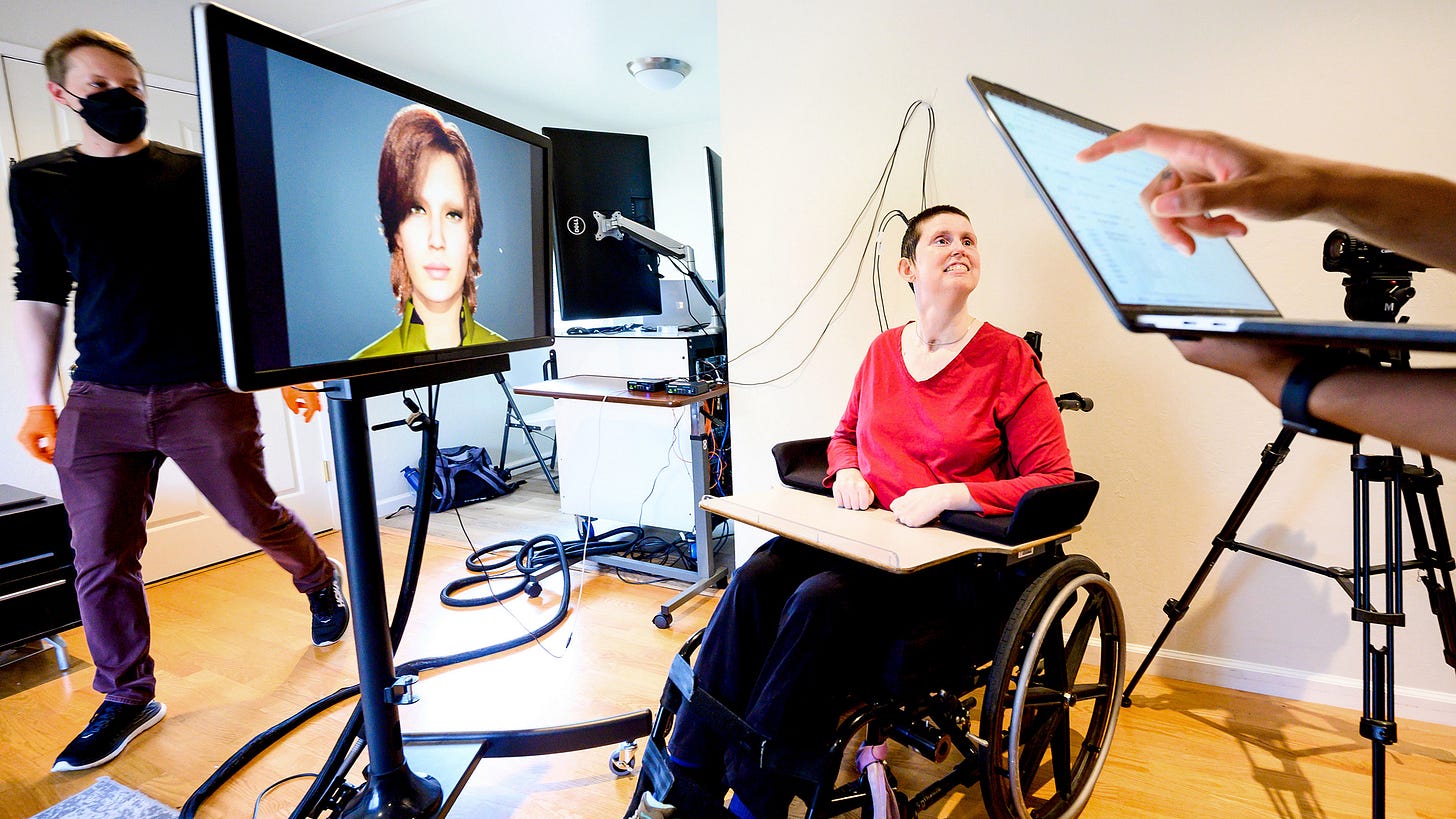
Lausanne University Hospital. Swiss researchers use brain implants to help a paralysed man to walk again, a decade after a cycling accident.
University of California. Brain implants translated the brain signals of a stroke patient into vocalised speech and facial expressions.
EssilorLuxottica x Nuance Audio. These conversation-amplifying glasses look like normal glasses, but are aimed at the 1.5 billion people who suffer mild to moderate hearing loss.
XanderGlasses. These AI-powered glasses overlay text captions into their wearers’ field of vision.
Whispp. People who struggle to speak can whisper or stutter into this app, which converts their speech into a clear and natural version of their own voice, in real-time.
Neuralink. We had to include it, even if many experts are deeply skeptical of Elon Musk’s hype! But then so were many auto industry experts…
// Where next?
Complete regeneration? Or just slowing degeneration? Medical ‘miracles’ like using brain implants to restore people’s capabilities makes compelling headlines. But it remains years (possibly decades even) away from being the future normal. The far more practical and bigger near-term opportunities will be in more subtle corrections, like the ones promised by EssilorLuxottica’s and Xander’s glasses, and Whispp’s app.
How far is “too far”? It’s the second order implications of this trend that are the most interesting, and troublesome. It’s hard to argue against the ethics of restoring a lost sense. Yet it’s even harder to see people stopping there. The temptation to enhance human capabilities will be too strong – just witness the recent proposals for a drug testing-free Enhanced Games. We’ll soon have to ask what ‘people-first’ even means in a world where centaurs evolve into cyborgs?
Now, over to you…
The pace of innovation when it comes to AI feels relentless. It is relentless. At times like this, it is easy to think that ‘everything will be different!’ It’s partially true – jobs, companies and entire industries are being transformed.
Yet peel back all the technological innovation we’ve explored above and you’ll find some fundamental human needs that existed long before AI – connection, relevance, awareness, empowerment, connection, and positive impact.
If you can zero in on what won’t change for your staff and patients then you’ll find it much easier to get robust answers to the really important question, which is “…and how could AI help me better serve my people and patients?”
Want some help?
Can we support your next internal AI workshop? And co-create a bespoke VisuAIse Futures graphic for your organisation?
This graphic and report should have already given you a TON of inspiration and ideas – even more so if you invested the princely sum of $49 in the print-ready, high-res poster file and fully editable PPT presentation.
But if you want even more, why not leverage the 10+ years experience that each of us has facilitating 100+ workshops for clients such as Accenture, J&J, Havas, GSK, Health Hero, Microsoft, Piedmont, Tata, and many more?
We bring:
A proven framework that ensures your AI strategy puts people first!
Real-world case studies of AI in action – from both the healthcare sector and beyond.
Hands-on workshop exercises where you will use a variety of AI tools to explore and brainstorm new opportunities and personas.
All this combined with a custom visual strategy map that can be digitally and physically shared with your wider team or partners. No more 100+ page post-event plans that no one ever looks at again!
Whatever you choose – good luck!
And, if you got this far…then thank you. You’ve earned your right to have your say on where we head next!




